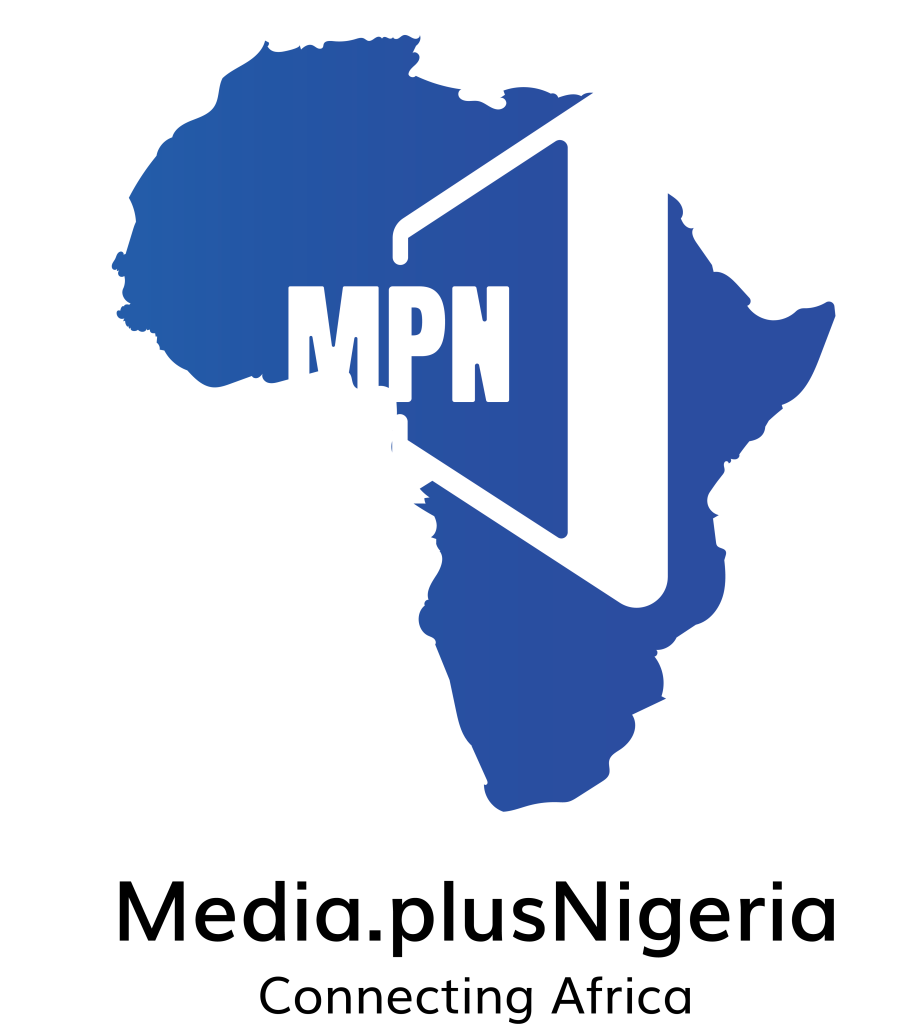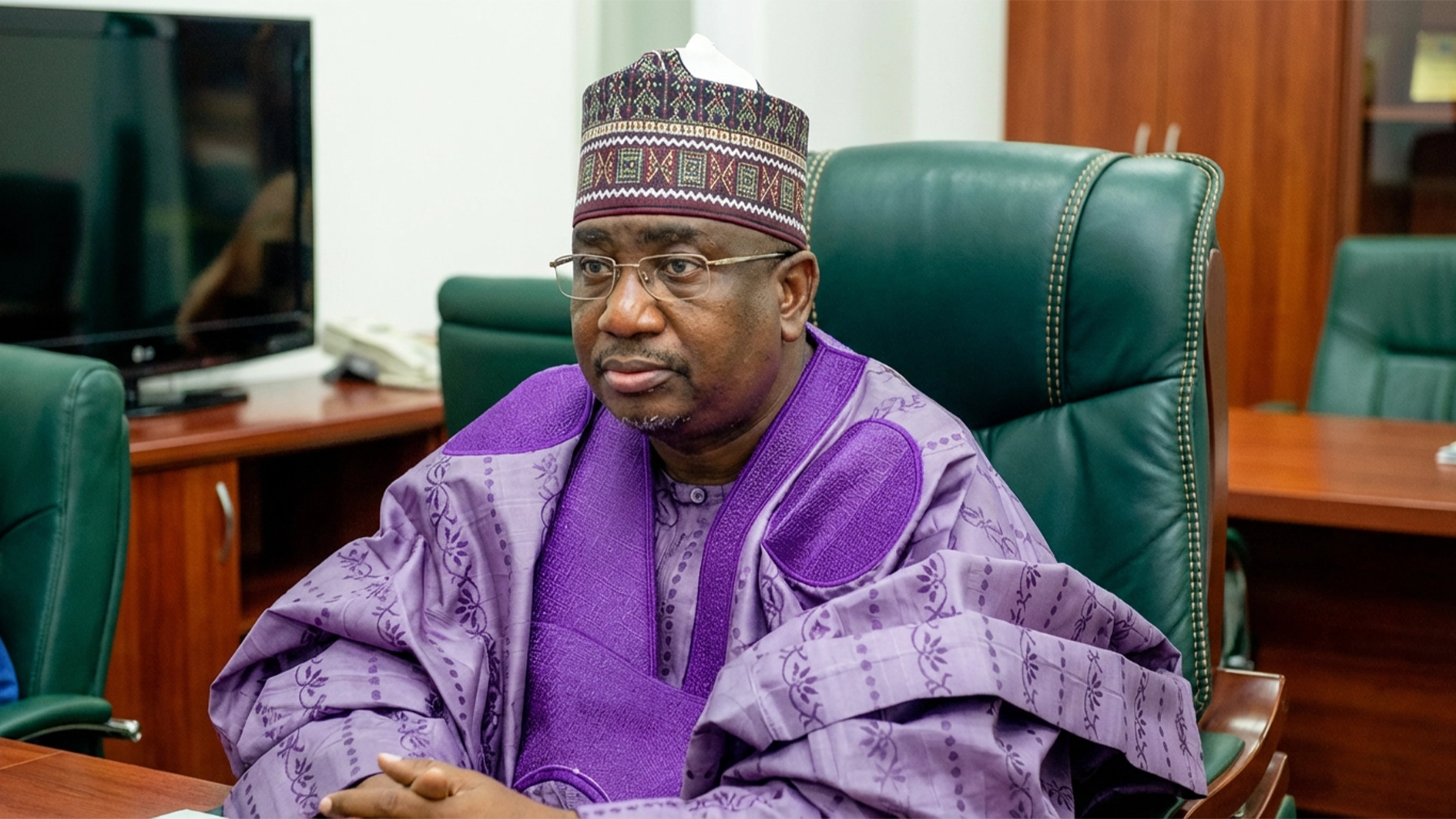Technology Integration in Nigeria’s Education System
Vice President Kashim Shettima has announced plans to integrate technology into Nigeria’s educational infrastructure as part of a broader strategy to address human capacity and resource challenges while improving learning outcomes. This statement was made during a recent meeting with the World Bank Nigeria team at the Presidential Villa in Abuja.
During the meeting, Vice President Shettima emphasized the need for a comprehensive approach to education reform. He outlined a multi-faceted strategy that includes enhancing educational infrastructure, investing in teacher training, and implementing cutting-edge technology. Shettima believes that these measures are essential for addressing the current gaps in Nigeria’s education system and ensuring that students receive a quality education that prepares them for the future.
The discussion centered on the broader objectives of the HOPE Initiative, which aims to improve governance, primary healthcare, and educational facilities across Nigeria’s thirty-six states and the Federal Capital Territory (FCT). Shettima stressed that achieving these goals requires the active cooperation of all stakeholders, including government agencies, international partners, and local communities.
At the end of the meeting, the World Bank Country Director expressed strong support for the HOPE Initiative. The Director assured journalists that the project would play a crucial role in revitalizing governance, healthcare, and education in Nigeria. By focusing on these key areas, the HOPE Initiative aims to create a more robust and effective public sector that can better serve the needs of the Nigerian people.
Vice President Shettima highlighted that integrating technology into education is not merely about introducing new tools but also about transforming the way education is delivered and managed. He outlined several key areas where technology could make a significant impact:
Implementing digital classrooms equipped with interactive boards and online resources to enhance teaching and learning experiences.
Developing and expanding e-learning platforms to provide students with access to quality educational materials and remote learning opportunities.
Teacher Training: Utilizing technology for continuous professional development and training of teachers to ensure they are equipped with modern teaching methods and tools.
Data Management: Employing technology for better data management and analysis to track educational outcomes, identify gaps, and make informed decisions.
The integration of technology into Nigeria’s educational system represents a significant step towards addressing existing challenges and improving learning outcomes. The Vice President’s call for a holistic approach to education reform, supported by the HOPE Initiative and the World Bank, underscores the importance of a collaborative effort to drive meaningful change.
As Nigeria moves forward with these ambitious plans, it is essential for all stakeholders to work together to ensure the successful implementation of educational reforms. By leveraging technology and fostering a supportive environment for learning, Nigeria can build a stronger, more resilient education system that meets the needs of its students and supports national development.
Vice President Shettima emphasized that the successful integration of technology into the education sector requires careful planning and strategic implementation. He outlined several key strategies for achieving this integration:
Upgrading existing educational facilities with the necessary technological infrastructure, such as high-speed internet, computer labs, and multimedia equipment, to create an environment conducive to digital learning.
Revising the curriculum to include digital literacy and technological skills, ensuring that students are not only familiar with technology but also proficient in its use.
Forming partnerships with technology companies, educational institutions, and non-governmental organizations to provide resources, expertise, and support for the effective integration of technology.
Establishing mechanisms for monitoring and evaluating the impact of technological interventions on educational outcomes. This includes collecting data on student performance, teacher effectiveness, and overall system efficiency to inform ongoing improvements.
Providing teachers with access to training programs that focus on integrating technology into their teaching practices. This includes workshops, online courses, and support networks to help educators adapt to new tools and methodologies.
Encouraging active student engagement with technology through interactive learning platforms, virtual labs, and collaborative online projects. This approach aims to make learning more dynamic and engaging, fostering critical thinking and problem-solving skills.
Addressing disparities in access to technology between urban and rural areas, as well as between different socio-economic groups. Ensuring equitable access to digital resources is crucial for preventing further educational inequality.
Implementing measures to protect students and educators from cybersecurity threats and ensuring the privacy of their data. This includes establishing clear guidelines and security protocols for the use of digital platforms.
Developing strategies for the long-term sustainability of technological investments, including regular maintenance, updates, and support services to keep systems functional and up-to-date.
The integration of technology into Nigeria’s educational infrastructure represents a transformative shift towards modernizing the education system. With the support of the HOPE Initiative and collaboration with international partners like the World Bank, Nigeria is poised to make significant strides in improving educational outcomes.
Vice President Shettima’s vision for a technology-driven education system aligns with global trends and the increasing importance of digital skills in the 21st century. By addressing infrastructure needs, enhancing curricula, empowering educators, and tackling challenges, Nigeria can build an education system that is not only resilient but also capable of preparing students for the demands of the future.
As the country embarks on this journey, continued dialogue and cooperation among all stakeholders will be essential to achieving the ambitious goals set forth. The commitment to integrating technology into education is a crucial step towards fostering a more innovative, equitable, and effective educational landscape in Nigeria.




